Community articles — Two-column
Recent
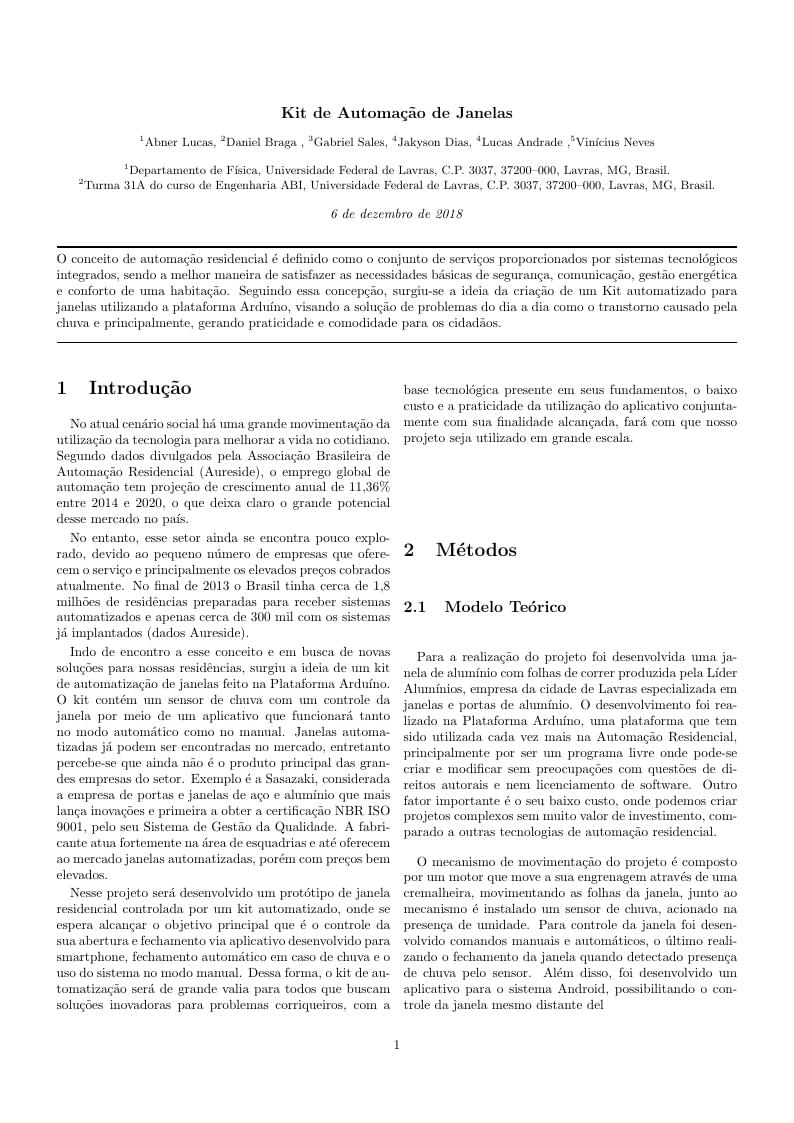
O conceito de automação residencial é definido como o conjunto de serviços proporcionados por sistemas tecnológicos integrados, sendo a melhor maneira de satisfazer as necessidades básicas de segurança, comunicação, gestão energética e conforto de uma habitação. Seguindo essa concepção, surgiu-se a ideia da criação de um Kit automatizado para janelas utilizando a plataforma Arduíno, visando a solução de problemas do dia a dia como o transtorno causado pela chuva e principalmente, gerando praticidade e comodidade para os cidadãos.
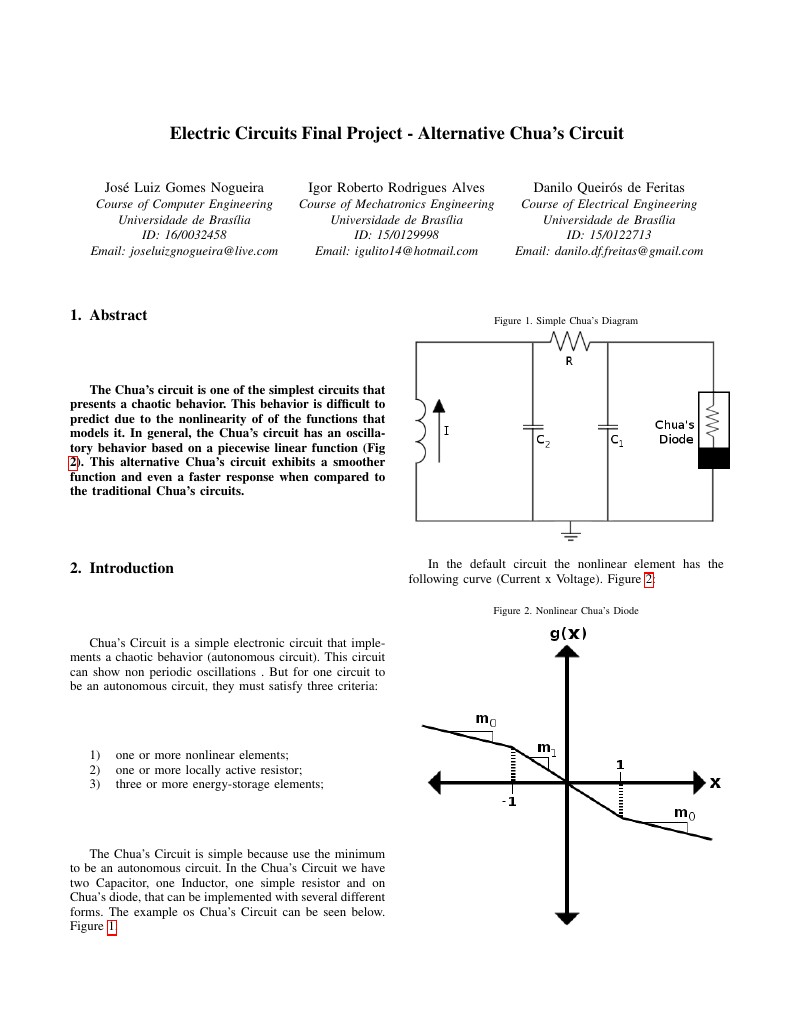
Projeto lab CE2
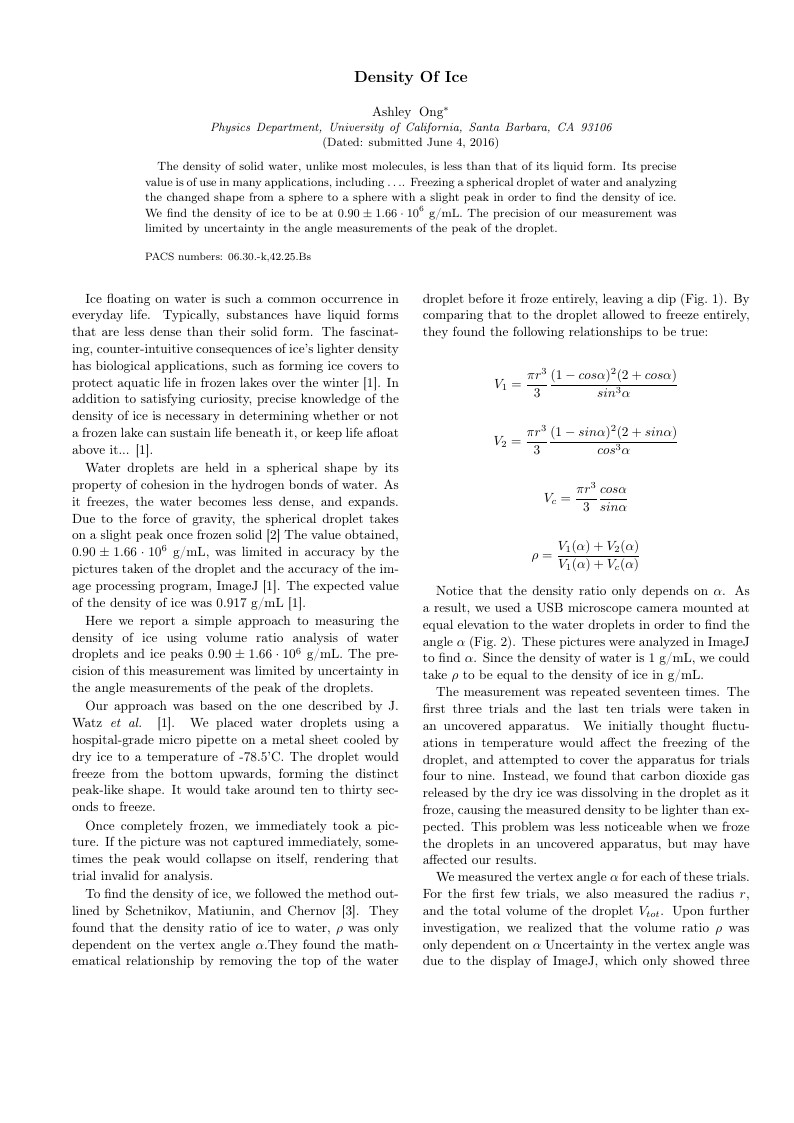
The density of solid water, unlike most molecules, is less than that of its liquid form. Its precise value is of use in many applications. Freezing a spherical droplet of water and analyzing the changed shape from a sphere to a sphere with a slight peak in order to find the density of ice. We find the density of ice to be at 0.90 ± 1.66 · 106 g/mL. The precision of our measurement was limited by uncertainty in the angle measurements of the peak of the droplet.
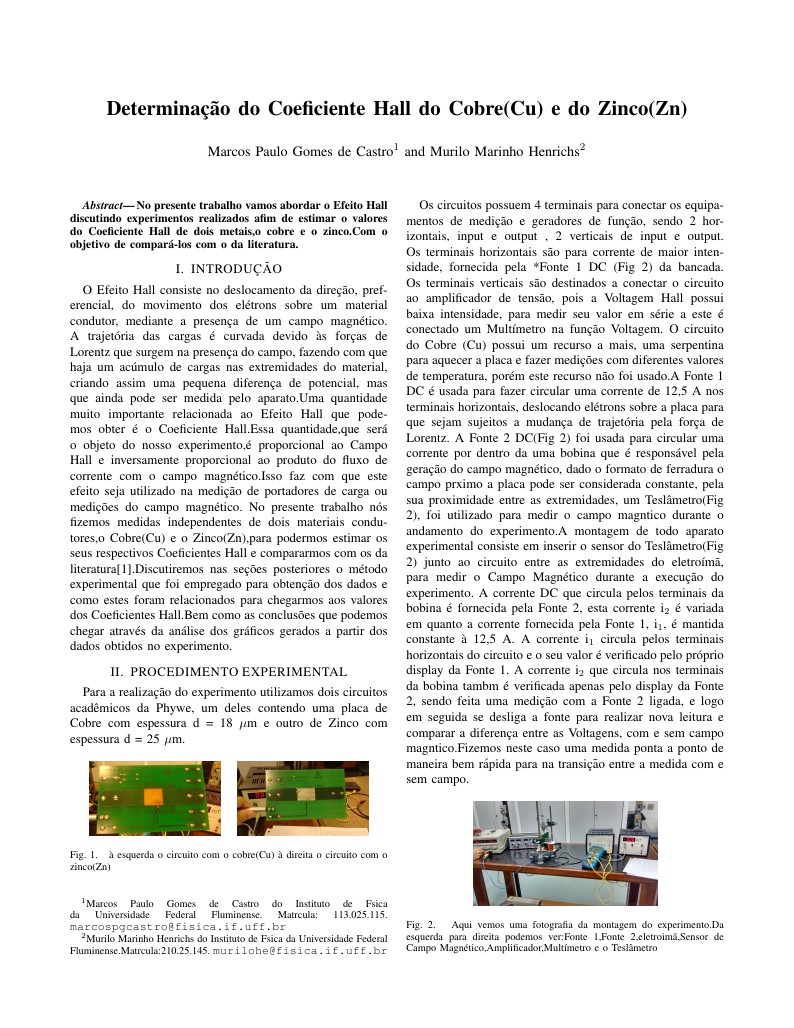
No presente trabalho vamos abordar o Efeito Hall discutindo experimentos realizados afim de estimar o valores do Coeficiente Hall de dois metais,o cobre e o zinco.Com o objetivo de compará-los com o da literatura.
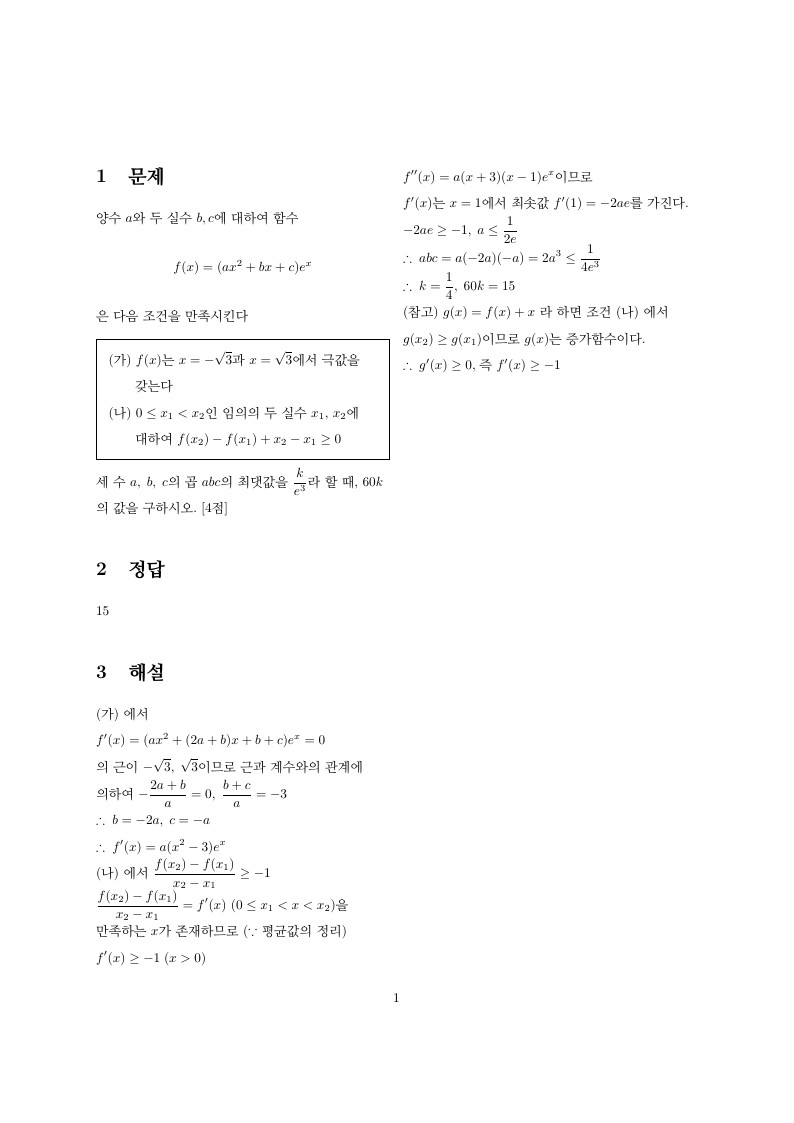
1509평가원B30

Orthogonal frequency-division multiplexing (OFDM) is a method of encoding digital data on multiple carrier frequencies. OFDM has developed into a popular scheme for wideband digital communication, used in applications such as digital television and audio broadcasting, DSL Internet access, wireless networks, powerline networks, and 4G mobile communications..
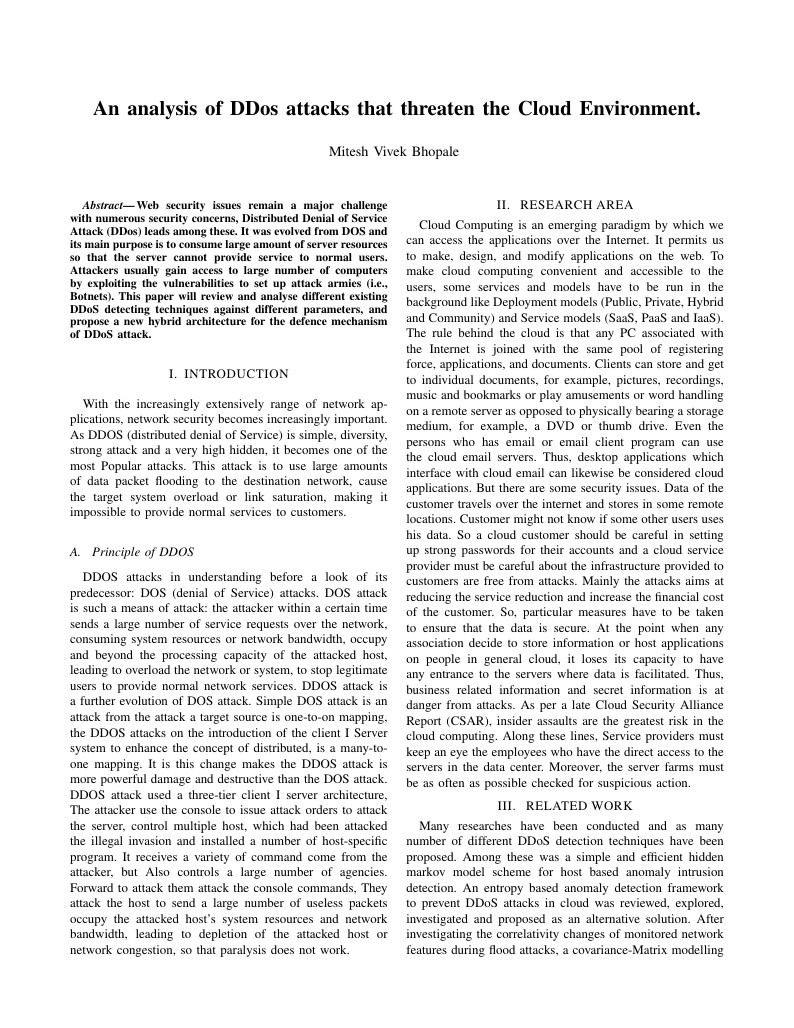
Web security issues remain a major challenge with numerous security concerns, Distributed Denial of Service Attack (DDos) leads among these. It was evolved from DOS and its main purpose is to consume large amount of server resources so that the server cannot provide service to normal users. Attackers usually gain access to large number of computers by exploiting the vulnerabilities to set up attack armies (i.e., Botnets). This paper will review and analyse different existing DDoS detecting techniques against different parameters, and propose a new hybrid architecture for the defence mechanism of DDoS attack.
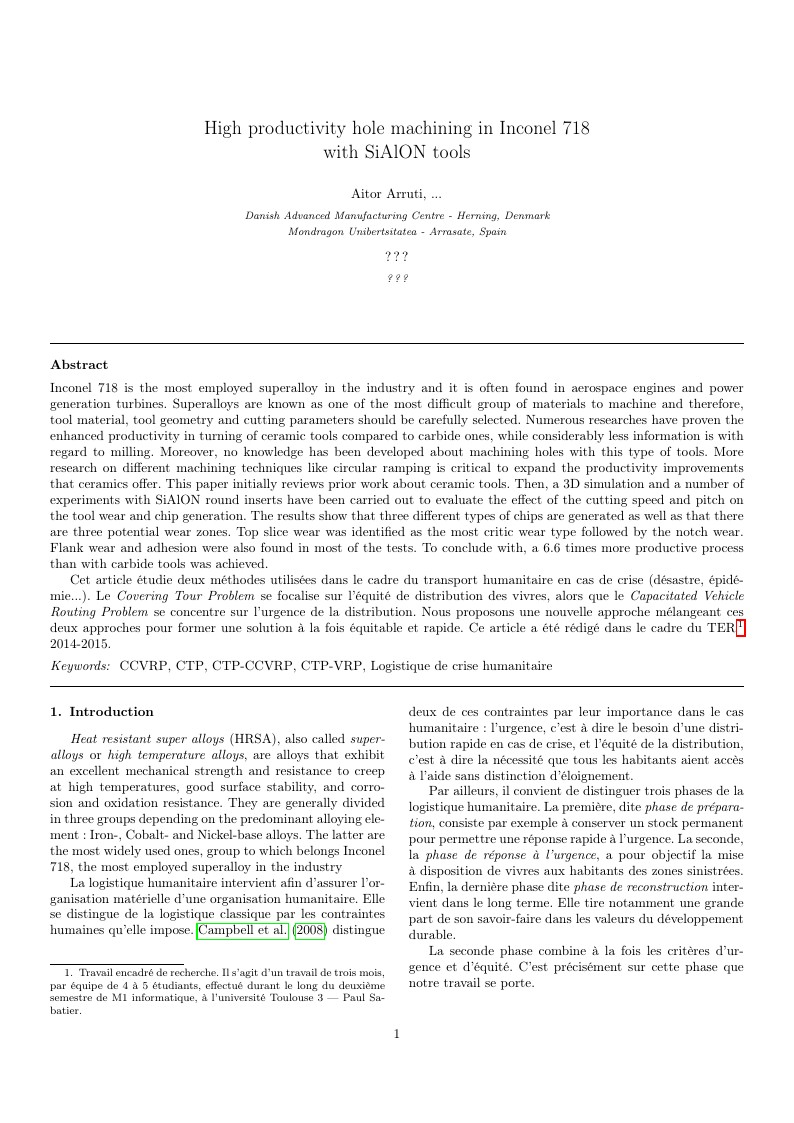
Inconel 718 is the most employed superalloy in the industry and it is often found in aerospace engines and power generation turbines. Superalloys are known as one of the most difficult group of materials to machine and therefore, tool material, tool geometry and cutting parameters should be carefully selected. Numerous researches have proven the enhanced productivity in turning of ceramic tools compared to carbide ones, while considerably less information is with regard to milling. Moreover, no knowledge has been developed about machining holes with this type of tools. More research on different machining techniques like circular ramping is critical to expand the productivity improvements that ceramics offer. This paper initially reviews prior work about ceramic tools. Then, a 3D simulation and a number of experiments with SiAlON round inserts have been carried out to evaluate the effect of the cutting speed and pitch on the tool wear and chip generation. The results show that three different types of chips are generated as well as that there are three potential wear zones. Top slice wear was identified as the most critic wear type followed by the notch wear. Flank wear and adhesion were also found in most of the tests. To conclude with, a 6.6 times more productive process than with carbide tools was achieved. Cet article étudie deux méthodes utilisées dans le cadre du transport humanitaire en cas de crise (désastre, épidémie...). Le Covering Tour Problem se focalise sur l'équité de distribution des vivres, alors que le Capacitated Vehicle Routing Problem se concentre sur l'urgence de la distribution. Nous proposons une nouvelle approche mélangeant ces deux approches pour former une solution à la fois équitable et rapide. Ce article a été rédigé dans le cadre du TER 2014-2015.
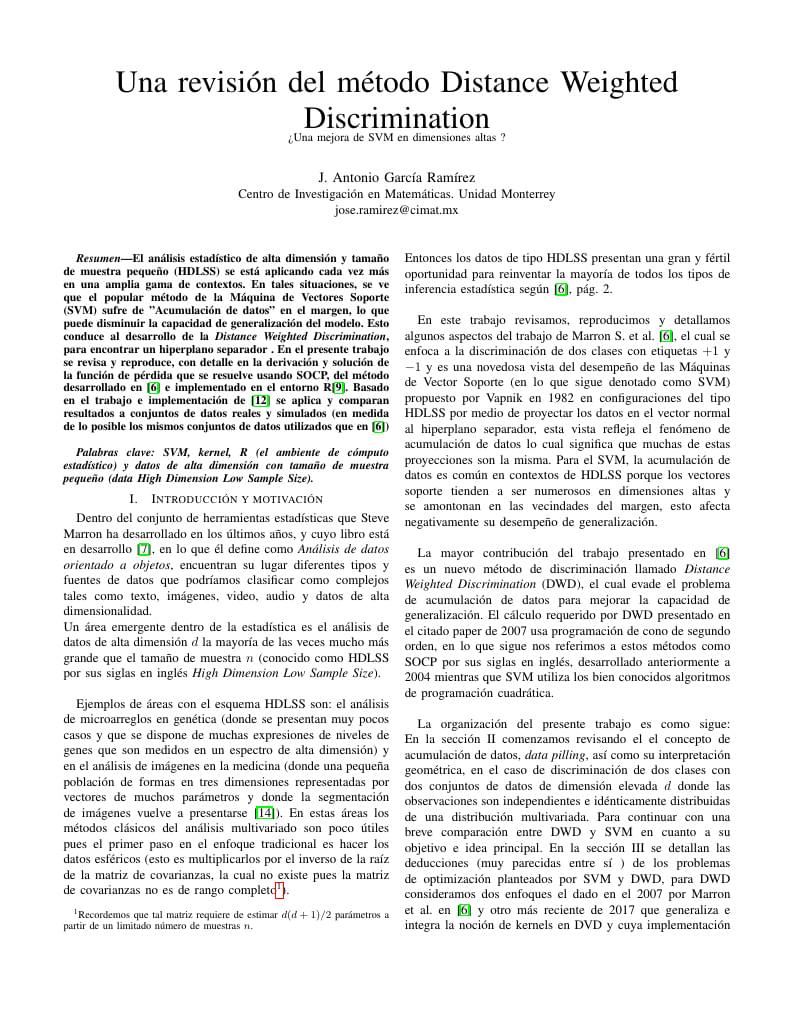
El análisis estadístico de alta dimensión y tamaño de muestra pequeño (HDLSS) se está aplicando cada vez más en una amplia gama de contextos. En tales situaciones, se ve que el popular método de la Máquina de Vectores Soporte (SVM) sufre de ''Acumulación de datos'' en el margen, lo que puede disminuir la capacidad de generalización del modelo. Esto conduce al desarrollo de la Distance Weighted Discrimination para encontrar un hiperplano separador . En el presente trabajo se revisa y reproduce, con detalle en la derivación y solución de la función de pérdida que se resuelve usando SOCP, del método desarrollado en e implementado en el entorno R\cite{R}. Basado en el trabajo e implementación de se aplica y comparan resultados a conjuntos de datos reales y simulados (en medida de lo posible los mismos conjuntos de datos utilizados que en) Palabras clave: SVM, kernel, R (el ambiente de cómputo estadístico) y datos de alta dimensión con tamaño de muestra pequeño (data High Dimension Low Sample Size).
\begin
Discover why over 20 million people worldwide trust Overleaf with their work.